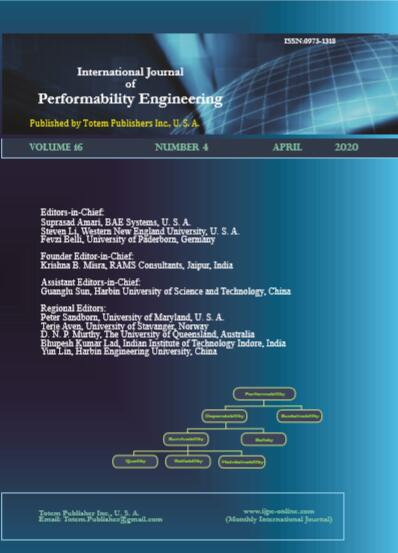The inspection of electrical transmission lines is necessary for preventing accidents and power interruptions. In order to save cost and reduce risks, a transmission line detection algorithm based on pixel search is proposed in this paper for camera monitoring. The algorithm can overcome the disadvantages of the Hough transform algorithm, such as large amount of computation and large memory space consumption. Specifically, first, some preprocessing is performed on the obtained image, such as gray processing, Gaussian blur denoising, image arithmetic operations, and grayscale linear transformation. Then, the edges are detected by Canny operator, and an ROI is set to reduce the background interference. Finally, a pixel search method is designed, which searches all the edge pixels of each line in turn, fits the transmission line equations, outputs the quantity of lines, and plots the transmission lines in the image. Experiments show that the proposed algorithm can effectively detect transmission lines, which lays a foundation for judging broken lines, icing, and other issues.

